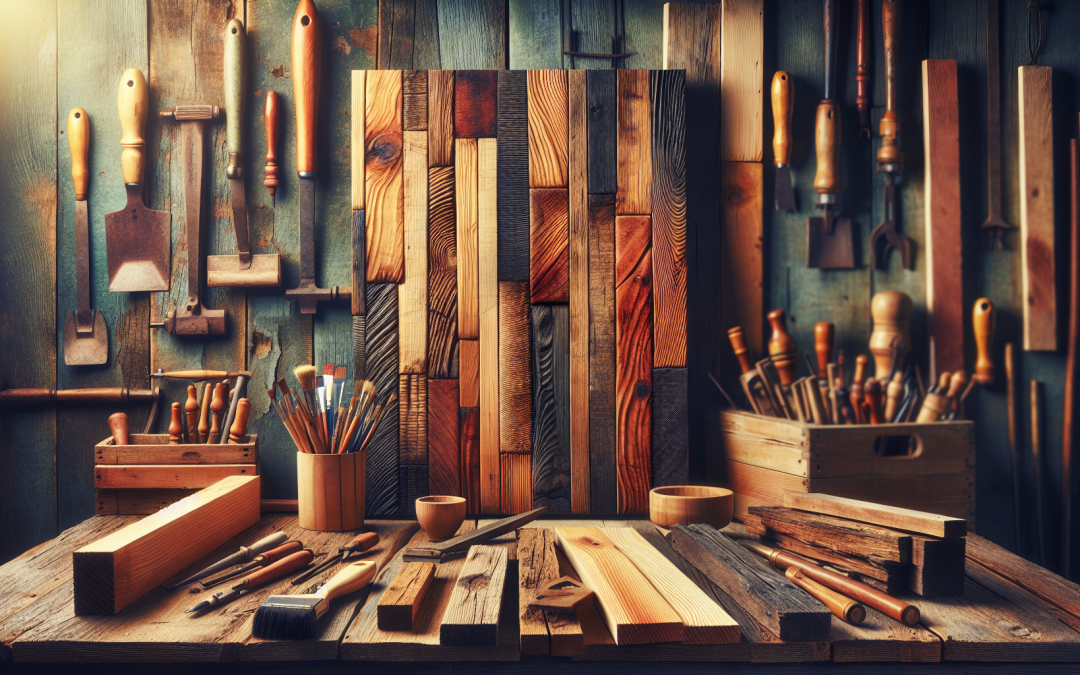Woodworking brings with it the allure of converting raw material into beautiful assets. While fresh lumber has its charm, the trend of using salvaged material or reclaimed wood in woodworking projects has taken an upward curve.
The Charm of Reclaimed Wood
Reclaimed wood, with its distinct character and history, brings a unique charm to woodworking projects. Unlike new timber, reclaimed wood boasts unmatched durability due to its age-hardened strength. Interestingly, this isn’t the only facet that sets it apart. If you’re inclined towards traditional woodworking, you’ll appreciate the heirloom quality that reclaimed wood often exudes.
Unlocking the Potential of Reclaimed Wood
Working with reclaimed wood may seem daunting to some, owing to its perceived limitations. However, a seemingly worn-out piece of timber can metamorphose into a stunning furniture or decor piece with the right techniques and tools. An understanding of wood movement science aids in predicting the behaviour of reclaimed wood, allowing you to manipulate it better.
Two principal methods of unlocking the beauty of salvaged material in your woodworking projects are careful selection of wood and adequate preparation.
Selection of Reclaimed Wood
The selection is critical when working with salvaged material. Consider its strength, grain, and workability, as explained in our article on understanding different types of wood for your projects. Remember that unlike fresh timber, reclaimed wood comes with a story and aged charm that contributes to its unique character.
Preparation of Reclaimed Wood
Preparing reclaimed wood for your project is vital. This process includes cleaning, drying, and treating the wood to ensure its longevity. For drying techniques, you could look at our guide that walks you through moisture content, climate factors, and traditional air drying versus kiln drying.
Crafting Functional Art
Reclaimed wood is apt for creating functional art pieces, which combine utility and aesthetic appeal. You could craft bespoke picture frames, refurbish antique furniture, create toy models, or even build sturdy workbenches. While the resulting product stands testimony to your craftsmanship, it also carries with it the appeal of having been repurposed, thus contributing to sustainable living.
For instance, a DIY tutorial on creating wooden picture frames from start to finish can help you master this craft.
Mastering Precision Cuts and Joints
Achieving precision cuts and efficient joinery techniques can polish your work with reclaimed wood. Precision cutting ensures clean edges and contributes to the professional appearance of the finished product. Similarly, robust joinery techniques provide your creations with strength and longevity.
We recommend reading our post on mastering precision cuts and our discussion on joinery techniques for better understanding.
In Conclusion…
Creating functional art with reclaimed wood is a rewarding experience. The age of the wood doesn’t merely reflect in its grain and texture; it narrates a story. By incorporating salvaged material into your woodworking projects, you contribute to the story and lend it a new lease of life. With the right techniques and understanding, you can elevate your woodworking journey and create stunning masterpieces out of reclaimed wood.

